Galileo Museum Florence
The Galileo Museum in Florence is one of the few museums in town not dedicated solely to art.
So what do you see there and is it for you?
First, a clarification...
In 2010 the museum changed its name to the 'Galileo Museum' but prior it was known as the 'Institute of the History of Sciences'.
The new name however is a bit misleading, as it makes it seem as though the whole museum is dedicated to Galileo, which it is not.
What it is (and - indeed - the former name might have been more accurate) is a collection of pieces that trace the history of the sciences from Renaissance times onwards.
Of course Galileo, who lived from 1564 - 1642, was one of the most significant figures in these developments and worked for the court of the Medici in Florence, which is why the museum has been given his name.
The collection has some of Galileo's original instruments and an interactive section where you can see how some of his discoveries work on a practical level.
Want to know more to decide whether to go there or not? Read the full review below!
The Nitty-Gritty of the Galileo Museum
Located along the Arno river just down the block from the Uffizi Gallery, the museum is in one of the city's oldest buildings, Palazzo Castellani which was built as a castle in the 11th century.
The exhibit has two main floors, a total of 18 rooms and over 1000 items on display arranged by time period and topic.
The bulk of the items on display come from the collections of the two dynastic families that had ruled over Florence, the Medici (circa 1450 - 1730) and the Lorraine's (1730 - 1860).
The first floor has pieces left by the Medici and the second floor has the Lorraine collection.
The picture on the left from the Medici collection is a part of a pull-out binocular elegantly decorated with the coat-of-arms of the family.
This picture illustrates one of the most striking aspects of the Galileo Museum: the attention given to rendering the scientific instruments - of whatever type - aesthetically beautiful and elegant.
Whether it's a compass, a telescope, a measuring rod, a sundial, nautical equipment, a thermometer, a microscope, a clock, a pulley or a globe (these are the sort of items the museum is full of...), just as much care will have gone into the artistic rendering of the item as its functionality.
For this reason, the Galileo Museum has been described as 'the place where art and science collide'!
The Galileo Section
The highlight of this part of the museum is the display case with 2 of Galileo's original telescopes.
These tools were made and used by the man himself and were the telescopes with which he discovered the moons of Jupiter in 1610 (which he called the 'Medicean Stars' in honor of his patrons).
The exhibit also has replicas of the telescopes, in a version which they call 'exploded', meaning you can see what's inside and how they were put together.
A very unusual relic, in a bell jar at the museum you can see the index finger of Galileo as well as one of his teeth and his thumb.
Admittedly a strange keepsake, these parts of his body were not detached when he died, but much later in 1737 when his body was moved to the Monumental Tomb set up in Santa Croce church (where it is today).
Galileo is most known for the evidence he found that it was the Earth that went around the Sun and not vice-versa as was previously believed.
However, during his life he was a man of many hats: he was appointed to the court of Cosimo II de Medici as granducal mathematician and philosopher and was also a physicist and inventor.
This area of the museum displays the many other instruments that he worked on, such as one of the first microscopes seen in the picture below.
The Medici Collection at the Galileo Museum
One of the most impressive sights at the Galileo Museum is the huge representation of the universe at it was thought to be like in the 16th century.
This globe-like intermingling of rings is called an 'Armillary Sphere' and it represents a view of the cosmos with the earth at its center.
This very large sphere was commissioned by Ferdinando I de Medici and was built over 5 years, from 1588 to 1593.
Made of wood and then gilded with gold leaf, the sphere is a marvel to look at and is a perfect example of what I mentioned above about 'art colliding with science'.
Not only a detailed study of the 'universe machine', but this piece is also a true masterpiece of beauty.
The pic below shows one close-up detail, the ever-present Medici coat-of-arms intricately carved into the wood.
Time and how to keep time is another topic that is widely covered at the Galileo Museum displays.
Below are some examples of multi-shaped and decorated sundials.
Europe's first society exclusively dedicated to science was founded in Florence by members of the Medici ducal court in the 1600's.
The group was called the 'Accademia del Cimento' and also had Galileo as a member.
One room in the museum is dedicated to this academy.
Below see a very delicate glass spiral thermometer from this collection.
With each new navigation expedition the knowledge of the earth's geography grew.
The museum has a large collection of maps, globes, and celestial globes showing how the lands were thought to be positioned and how our understanding increased through the ages.
The 'world map' below is a funny example, as the continents have been drawn 'upside-down' compared to the present day model.
The red arrow points out Italy's boot, seen with the 'heel' at the top!
In the lower right-hand corner you can see Great Britain.
Another popular section of the museum is the collection of celestial and terrestrial globes which are quite large.
The celestial globes - used to have a mapping of the stars and constellations as well as to see the positions of astrological constellations - are very rare pieces.
An interesting video also shows how these impressive globes were constructed.
The Lorraine Collection at the Galileo Museum
The second floor objects come from the Lorraine period between 1730 and 1860 and are more focused on tools and instruments for every day use.
Items include workbenches, precision instruments, air pumps, microscopes and acoustic and optical apparatuses.
In this area you also see and learn how science was brought into the home of high-society as machines were created to demonstrate scientific principles as a sort of entertainment for the upper-classes in the 18th century.
Below are some images from the Lorraine collection.
The first two pics are early versions of scales to see people's weight.
The first scale is quite cumbersome indeed, as the person was meant to sit on the box-like bench on the left.
The second scale seems more 'user-friendly' as it resembles a small armchair.
One of the first fans used for cooling off, another curious object in this section.
This part of the Galileo Museum also has a large display of all sorts of fun objects made to satisfy men's and women's enthusiasm for scientific advancements.
See pic below showing a telescope disguised as a walking stick!
Portable pharmacy sets, spectacles in all shapes and sizes, mini-binoculars, ladies and men's telescopes and similar pieces can all be seen.
There's also a more academic room dedicated to the medical field and studies carried out on the human body.
The area has many wax and terra cotta anatomical and obstetric models.
These pieces are a bit shocking and may disturb as they show the complications that can occur during childbirth, including mal-formed fetuses.
Interactive Area of the Galileo Museum Florence
The museum has a small interactive multimedia area where you can see how things work through hands-on displays.
This part is not as exciting as it could be however since the 'hands-on' aspect is really just pushing a button or turning a knob to make the objects move.
As you might imagine, this area is suitable for children, although I'd say from 10 years old and upwards as it's more about understanding concepts than actual first-hand physical involvement.
The multimedia section has a video exhibit explaining the different interpretations through the ages of our solar system and the place earth had in the universe.
There's also a glass bubble with a model showing what used to be the accepted understanding of the universe before Galileo's discoveries, with the earth at the center and the sun orbiting the planet.
This area also focuses on time and how to measure time.
Tip! Something you might not notice in this interactive area: Look up at the ceiling to see the time-keeping device created using rays from the sun coming in through a small window which are deflected using a mirror. The time-keeping units and astrological symbols are painted on the ceiling of the room!
You can also see a display on the workings of different types of clocks, which, by turning a knob or pulling a handle you can start the gears working and see how they function inside.
The pic below shows another of the museum's highlights in this area, a beautiful astrological clock.
And below, see the inner-workings of a large turret clock on display:
Summing Up
So what's the final verdict on the Galileo Museum?
Pros:
- a chance to get an overview on 5 centuries of scientific activity in Florence and Tuscany
- see Galileo's original telescopes used to see Jupiter's moons and provide the needed proof that it was the sun at the center of the universe and not the earth, as had been believed for 2000 years
- get a view on a part of Florence history and Medici patronage that is not related to painting and sculpture
- no lines and no crowds so very relaxing to visit
Cons:
- if you are not 'into' science it could be a bit of a dry experience
- the museum does not give an overview of the life of Galileo so you learn very little about his persecution by the church or his trial (go to this link to learn about Galileo's life)
- there is an overwhelming number of objects which could have been better put into context to understand how they work and what they were used for, non scientific-minded people might be frustrated by not fully understanding the exhibits (there are some very well made videos but not enough of them!)
Should I Get the Audio-Video Guide?
The museum has a little tablet with an audio-video guide which you can rent for €5 (you need to have an ID card).
This guide has tons of information BUT you should know the following:
- the basic info which is read aloud to you via the audio guide is the same info that is written on the wall panels in each room (which is the same info you can read ahead of time using the downloadable mini-guide from the museum site)
- for more specific details about each piece on display, you merely stand in front of a display case and the tablet picks up your location, you simply push the number of the object you want to know about and then you can read about it on the video (there's no spoken explanation or video demonstration so it's a lot of reading)
I recommend the audio-guide only if you want to go into great detail about each piece in the museum and you don't mind having to read a lot while in the museum.
Otherwise, the information provided via the short written explanations and video demonstrations in the rooms will be sufficient.
Useful Information - Galileo Museum Florence
Entrance fees:
full price - € 9,00
reduced (6-18 years, over 65 years) - € 5,50
Under 6 years - free
Family ticket (2 adults + 2 children) - € 22,00
Tip! Show a ticket stub from any of the state museums in Florence (eg the Uffizi, the Accademia, the Bargello, Pitti, etc) and you get a €2 reduction on your ticket to the Galileo Museum.
opening times: 9:30 - 6:00, Tuesdays 9:30 - 1:00
where: piazza dei Giudici, 1 (near the Uffizi Gallery)
phone: 055 26 53 11
Find Out More about Florence!
If you like the content of this page, please share! Click the button below.
back to Homepage from Galileo Museum Florence
News Flash!
Great News....Photo taking is now allowed in Florence Museums!
- Florence Steak
- Things To Do
- Florence Museums chart
- Florence tourist passes
- Events by Month
- San Niccolo Gate Tower
- Florence Cathedral
- Florence Baptistery
- Giotto's Bell Tower
- Florence Dome
- Santa Reparata archaeological site
- Opera del Duomo Museum
- Florence Duomo Complex
- Medici Chapel
- Palazzo Medici Riccardi
- Scoppio del Carro
- Santa Croce Florence
- exhibits in Florence
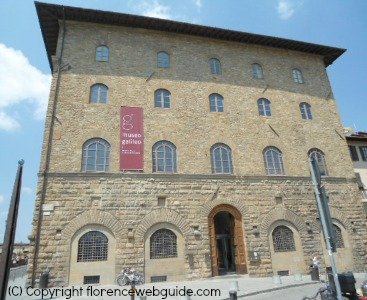
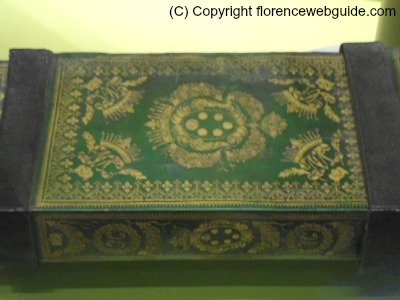
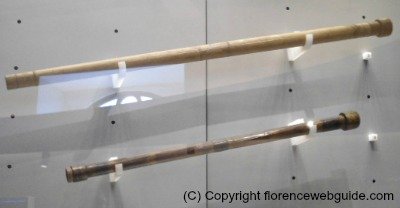

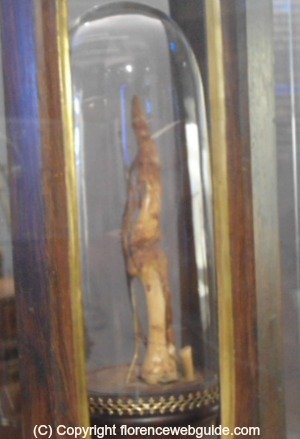
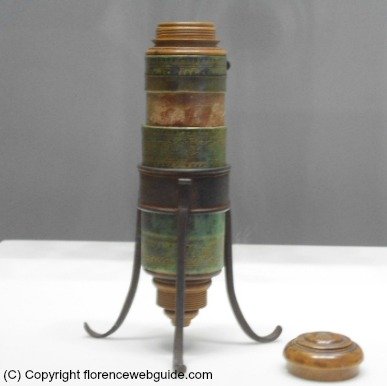
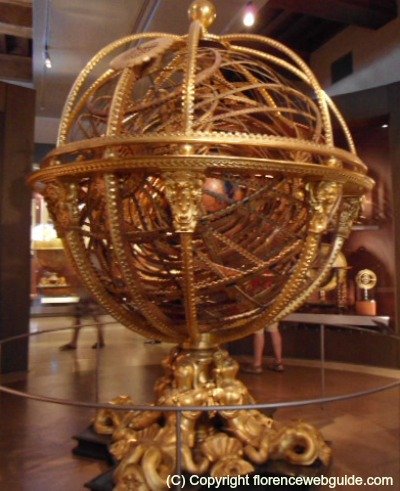
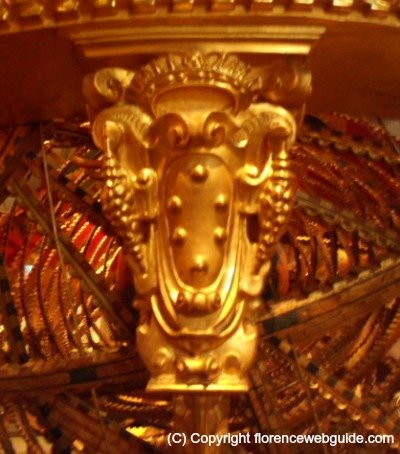
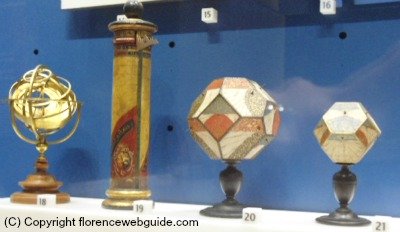
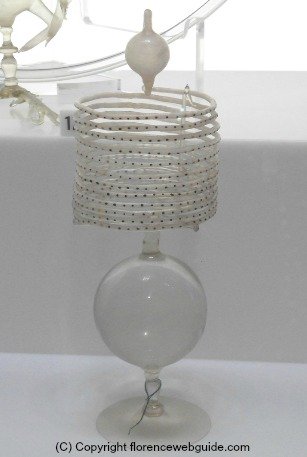
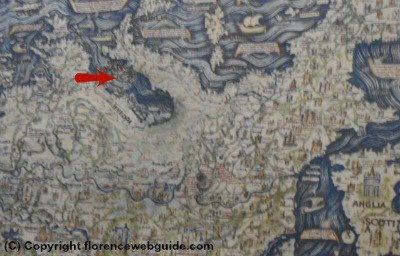
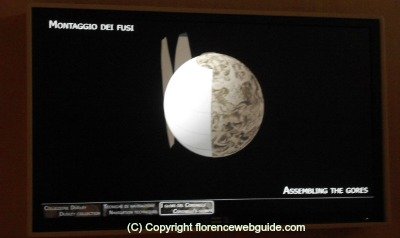
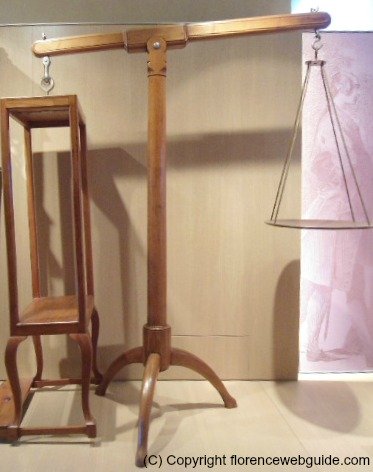
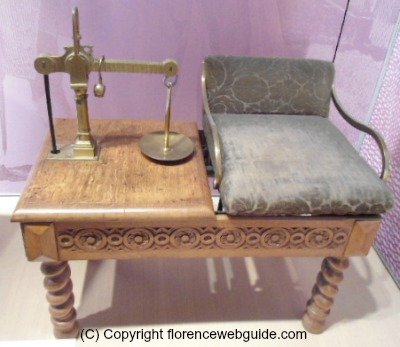
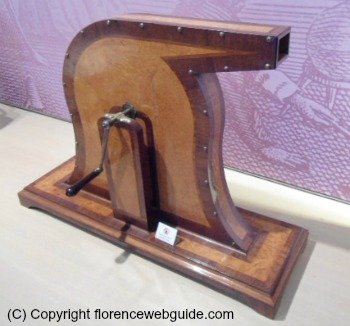
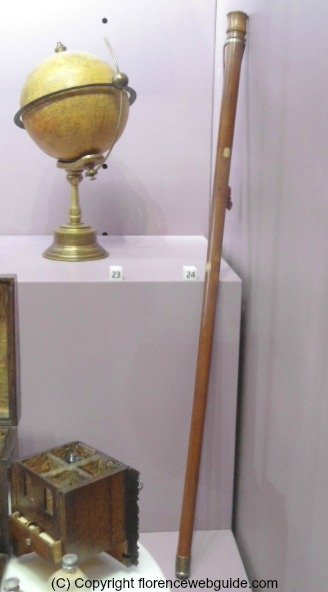

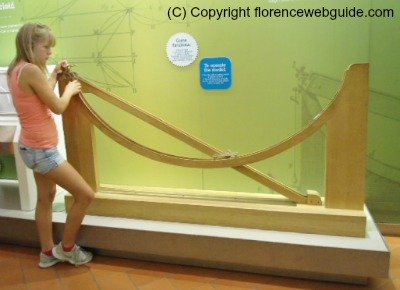
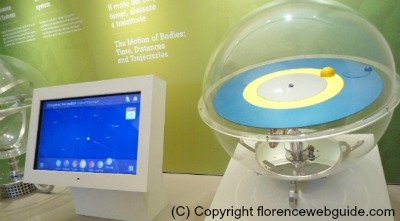
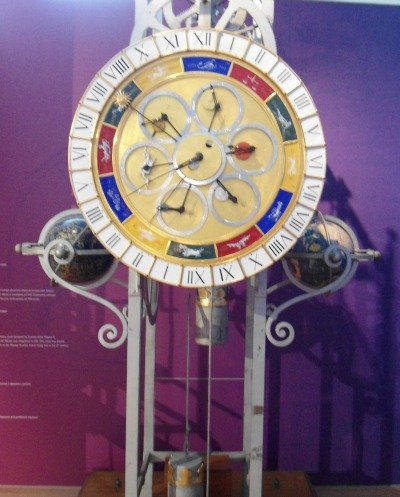
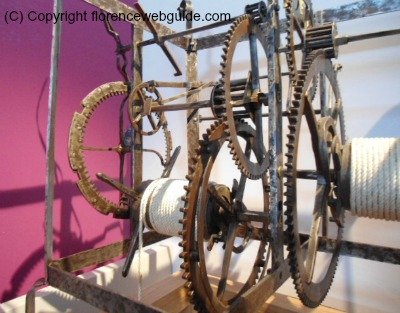
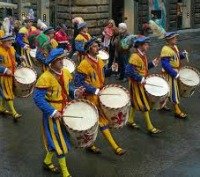

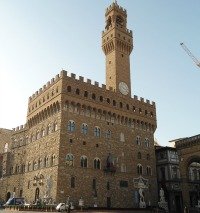

New! Comments
Have your say about what you just read! Leave me a comment in the box below.